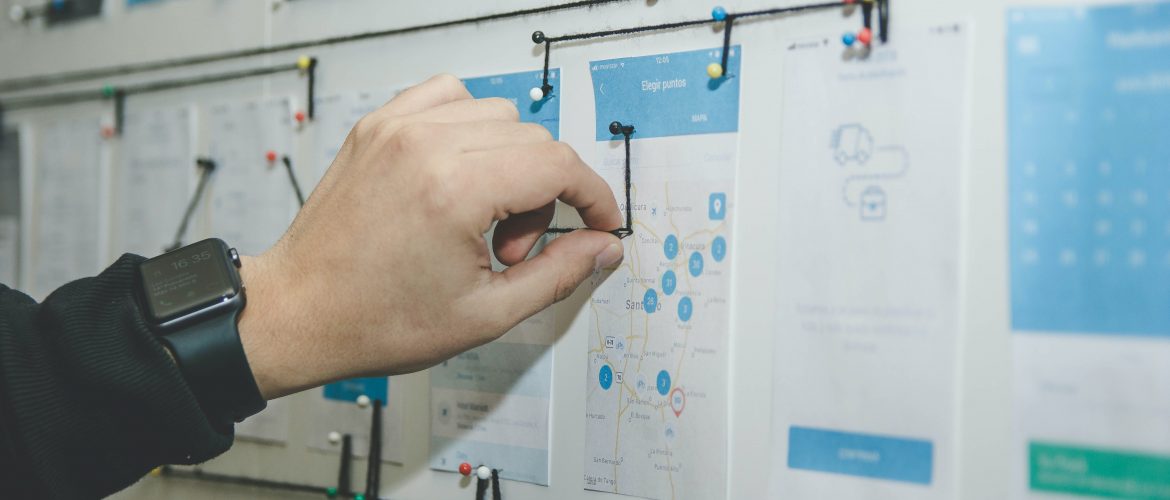A collaboration tool helps people to collaborate. The purpose of a collaboration tool is to support a group of two or more individuals to accomplish a common goal or objective. Collaboration tools can be either of a non-technological nature such as paper, flipcharts, post-it notes or whiteboards. They can also include software tools and applications such as collaborative software.Collaboration tools are broadly classified into three types – communication, coordination and cooperation.
How does ERP workflow help in the supply chain management?
ERP workflows are kind of like a digital SOP. The steps we are supposed to take in our process are linked together as connected ERP transactions. Errors caused by disconnects, when one person performs a transaction and a second person makes a transaction that doesn’t fit with the first, are usually eliminated.
A supply chain management workflow usually relates to purchase order (PO) management. Traditionally, a buyer sees a demand from a sales order or forecast and places a PO just ahead of the lead time for the purchased item. The PO remains in place until the material shows up and we receive it in our inventory. If the delivery is perceived as late, some expediting activity might help.
We could use an ERP workflow to create a string of reminders after the PO is released. We should expect an acknowledgement shortly after its release. The reminders can automatically alert the buyer to watch for the expected communications and take action in the event of a problem. Similarly, when a member of the production team tries to release a work order into production off schedule, ERP workflow might prevent the change and stop order processing or the allocation of charged time against the job. Alerts can go to production and material managers so they can quickly put out the fire before it spreads.
Source: ERP focus, Wikipedia



